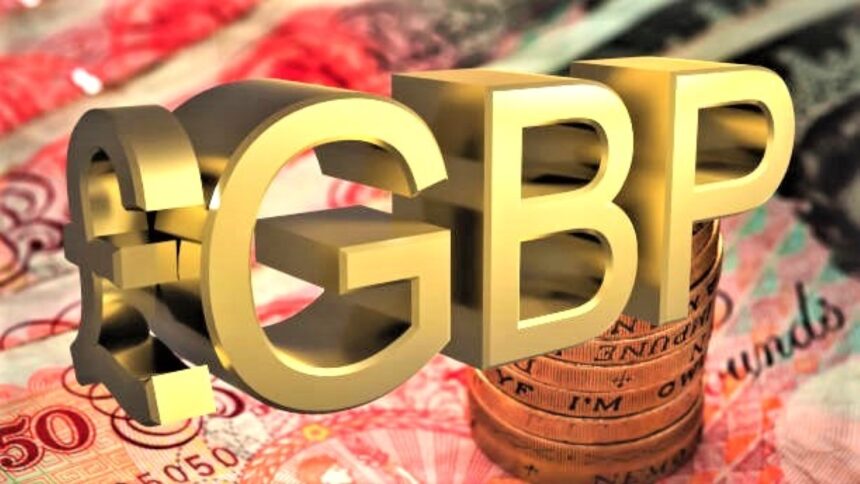Pound Sterling has recovered marginally versus its major counterparts after the UK ONS published strong industrial statistics and projected GDP growth in August.
The pound sterling (GBP) falls versus its major peers in Friday’s London session following the release of UK statistics. The British currency’s initial reaction was favorable, but it failed to capitalize on it despite the fact that the data was better than predicted and the Gross Domestic Product (GDP) increased as expected in August. The Office for National Statistics (ONS) stated that the economy increased by 0.2%, as expected, after remaining level in July. Manufacturing and industrial production increased at a healthy 1.1% and 0.5% month on month, respectively, compared to economists’ expectations of 0.2% growth.
Manufacturing and industrial production both fell by 0.3% and 1.6% year on year. However, the rate at which both economy indicators fell was slower than in July.
Traders anticipate that the Bank of England will decrease interest rates at one of its two remaining policy sessions this year.
Positive monthly industrial data and projected GDP growth have boosted the UK’s economic outlook. This would allow Bank of England (BoE) policymakers to maintain a short policy-easing cycle. Financial market participants expect the BoE to decrease interest rates only once in the next two policy sessions this year.
Moving forward, the next trigger for the Pound Sterling will be the UK Employment statistics for the three months ending August and the Consumer Price Index (CPI) report for September, which will be released on Tuesday and Wednesday, respectively. The economic data will have a substantial impact on market expectations for the BoE’s expected interest rate decision in November.
Daily market movers: Pound Sterling stays weak against the US dollar ahead of US PPI.
On Friday, the pound sterling edged lower versus the US dollar (USD). The GBP/USD pair is slightly above the monthly low of 1.3010, but the outlook is bleak as the Greenback stays strong. The US Dollar Index (DXY), which measures the value of the US dollar against six major currencies, maintains its rise near 103.00.
The US Dollar maintains its rise as hotter-than-expected The United States (US) Consumer Price Index (CPI) statistics for September eliminated the possibility of the Federal Reserve (Fed) cutting interest rates by 50 basis points (bps) again at its November meeting.
According to the CPI report released on Thursday, annual core inflation rose to 3.3%, excluding volatile food and energy prices. The headline inflation rate increased by 2.4%, stronger than expected at 2.3% but less than the August figure of 2.5%.
According to the CME FedWatch tool, traders are optimistic that the Fed will lower interest rates next month, but at a moderate pace of 25 basis points. In addition, the majority of Fed policymakers believe that more rate decreases are justified.
On Thursday, New York Fed President John Williams remarked at an event in Binghamton University, “Based on my current forecast for the economy, I expect that it will be appropriate to continue the process of moving the stance of monetary policy to a more neutral setting over time.”
Investors are watching the US PPI report for new clues about the Fed’s interest rate stance.
On the economic front, investors will be watching for the September US Producer Price Index (PPI) data, which will be release at 12:30 GMT. The annual headline PPI expected to have dropped to 1.6% from 1.7% in August. On the contrary, the core PPI, which excludes volatile food and energy costs, is predicted to have climbed faster, to 2.7% from 2.4% in August.









